- Position:
- 2nd engineer
Types of life-saving appliances on board a ship
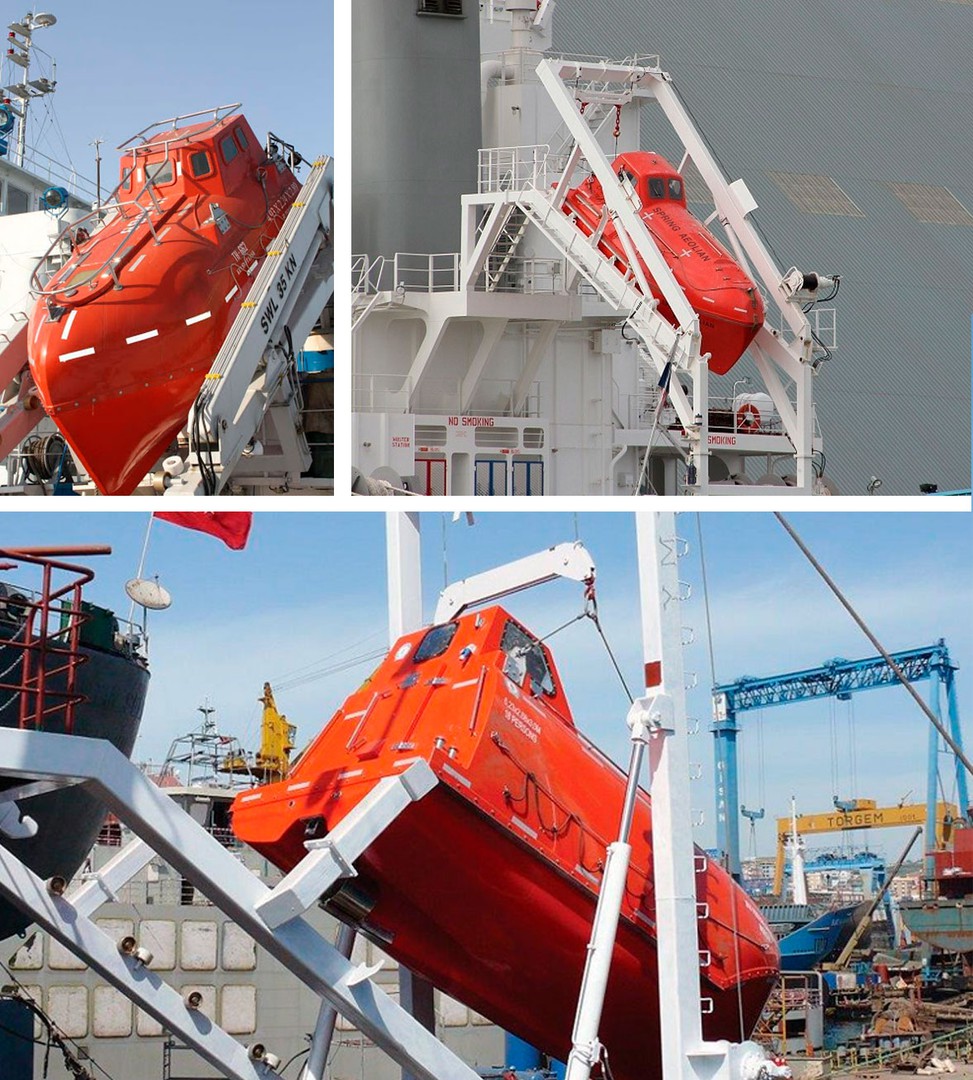
Equipping sea vessels with lifeboats began centuries ago. An example of the importance of having sufficient life-saving equipment on board is the infamous Titanic.
On board any modern ship there are several lifeboats designed to organize the rescue of the crew and passengers in the event of an emergency on board. These include any cases involving the potential loss of the ship or the presence of danger to people, for example, as a result of a fire on board. When determining the number of life-saving appliances on board, it must be ensured that they are sufficient to accommodate all seafarers and passengers in danger.
In accordance with IMO standards, the Navy operates the International Convention for the Safety of Life at Sea, or SOLAS for short. It establishes not only the classification of existing life-saving equipment, but also their characteristics and standards for supporting sea vessels. Today, there are various types of rescue equipment at sea, these are not only the usual lifeboats, but also life rafts, rescue boats and longboats.
It must be recognized that SOLAS rules do not stand still and are constantly evolving in order to improve water rescue capabilities. The result of the work being carried out is not only the improvement of rule-making, but also the emergence of new, more advanced technical solutions and developments in the field of maritime safety.
What is the difference between a lifeboat and a rescue boat
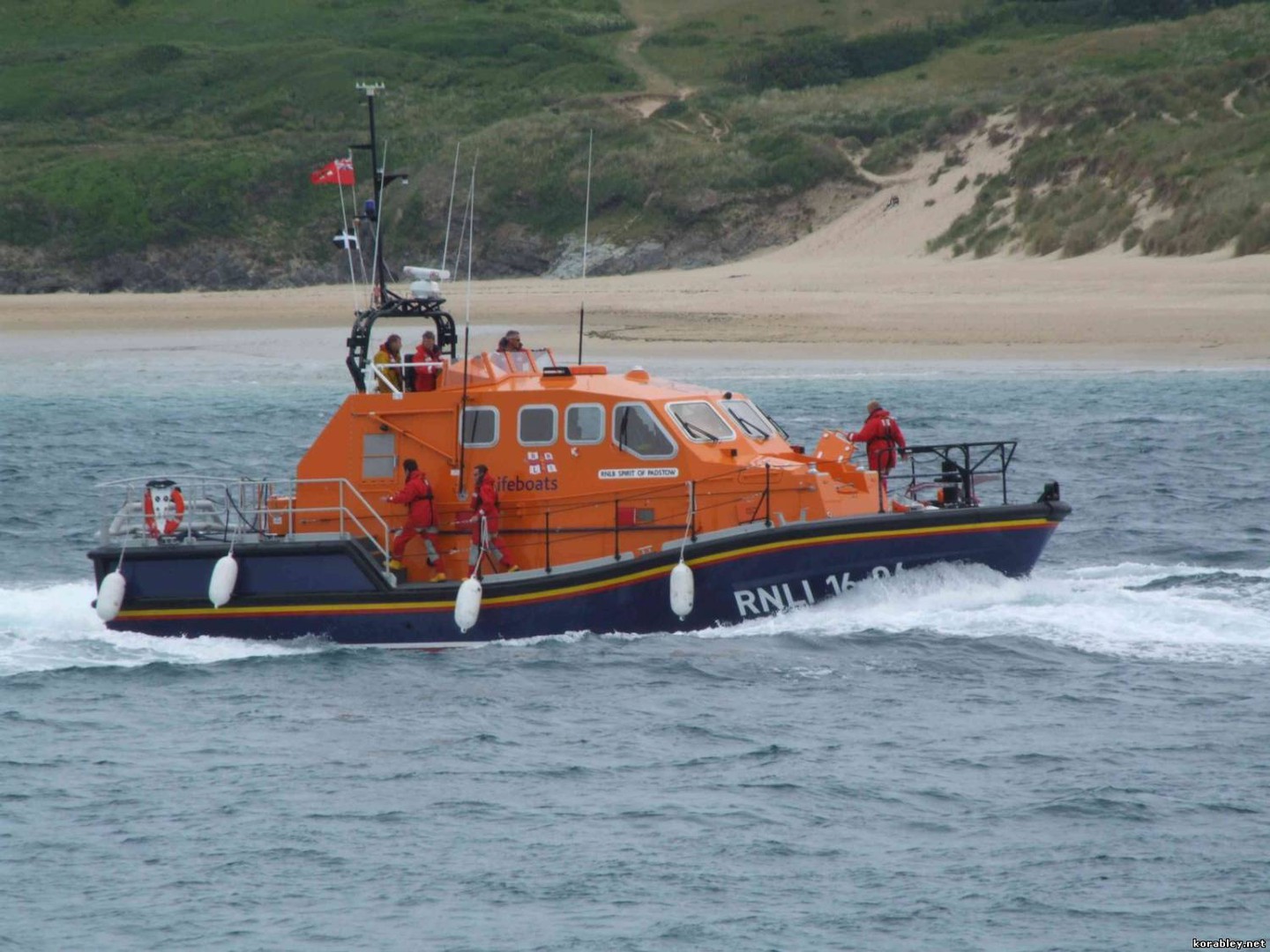
A rescue boat is a universal rescue craft that provides the ability to rescue people in various emergency situations. In this case, we are talking not only about the crew of a sinking ship, but also about rescuing people on the water who are overboard, evacuating sailors from ships in distress, removing those cut off by the elements on the shore, and so on.
Life jacket
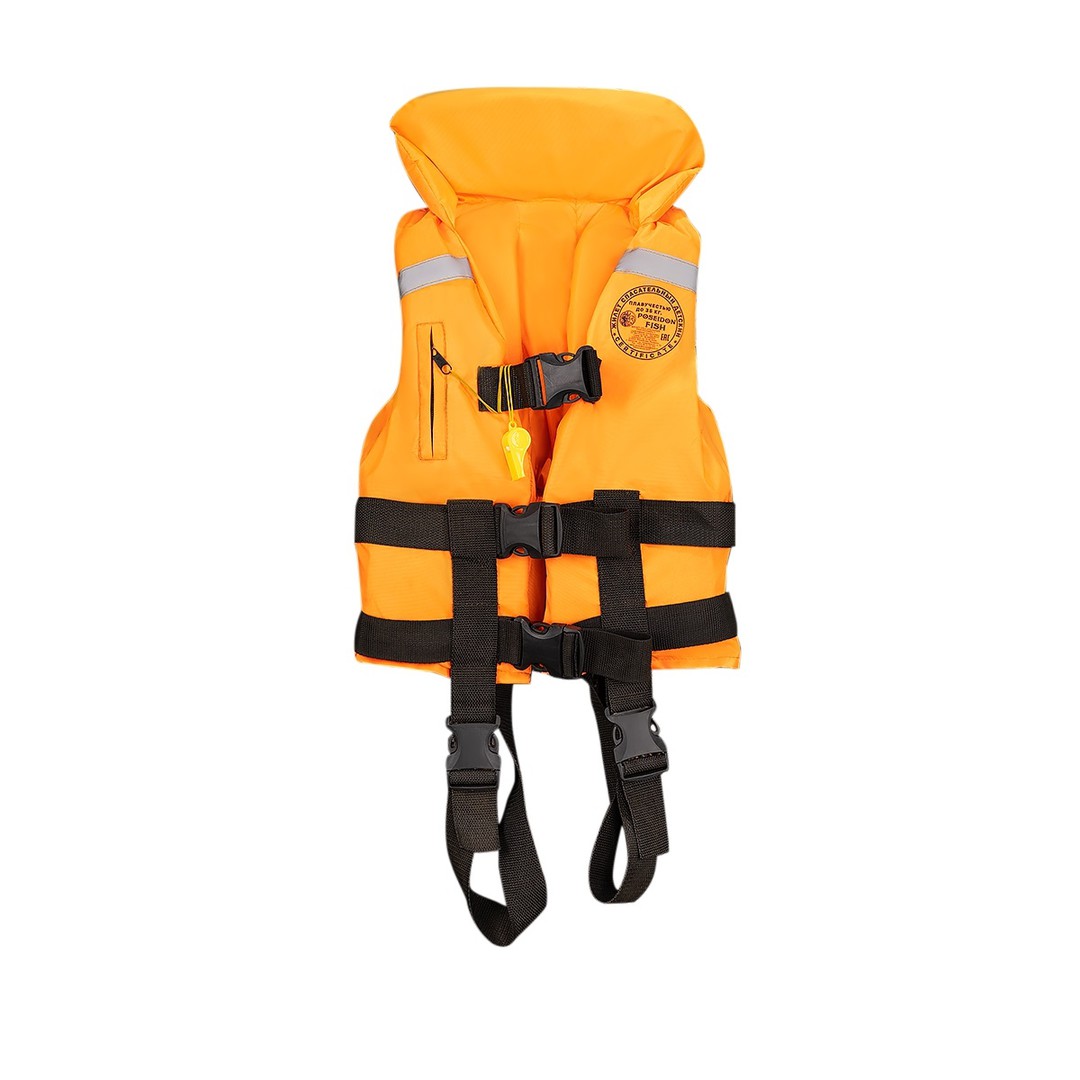
The SOLAS rules recognize a life jacket as the main personal safety equipment. This is a kind of jacket worn by a person, and ensures that he remains on the surface of the water for a long time, until the person is lifted aboard collective life-saving equipment and other vessels that come to the aid of those in distress.
However, such protection does not protect a person from hypothermia, and in regions with a harsh climate, a life jacket can ensure the preservation of life for a limited amount of time.
Lifeboats and boats act as collective means of rescue and provide not only the possibility of a long stay on board at sea, but also independent navigation on them.
Life rafts
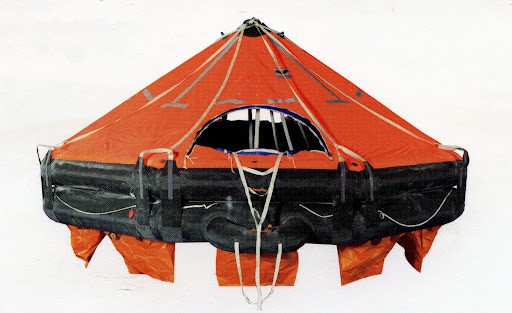
Rafts are one of the most common life-saving equipment; it is envisaged that such equipment will be available on any sea or river vessel. Rafts can have a hard or soft (inflatable) structure, but they are non-self-propelled, that is, they do not have the ability to move independently.
The SOLAS Regulations make it mandatory for all ships of 500 tonnes and above to carry at least two life rafts, depending on the number of people on board. For the passenger fleet, the requirements for equipping with life-saving equipment are much more stringent.
The most common types of rafts are:
- IRBs -
soft, inflatable watercraft with a rubber or synthetic body;
- RIBS -
inflatable with a rigid body made of aluminum or fiberglass.
Raft sizes range from 4-8.5 meters, and the minimum capacity requirement is at least 4-5 people on board. Life rafts do not have any engines, but sometimes they may include small oars. SOLAS requirements establish a minimum time for maintaining the buoyancy of a craft for 4 hours.
The equipment of such rafts includes a minimum set of items to ensure survival at sea: means for bailing out water, flashlights for illumination at night, signaling and heat-protective means, cables for towing, and so on.
Life rafts are required to have a high launch speed, so in this case inflatable models are more convenient to use in emergency situations.
Lifeboats
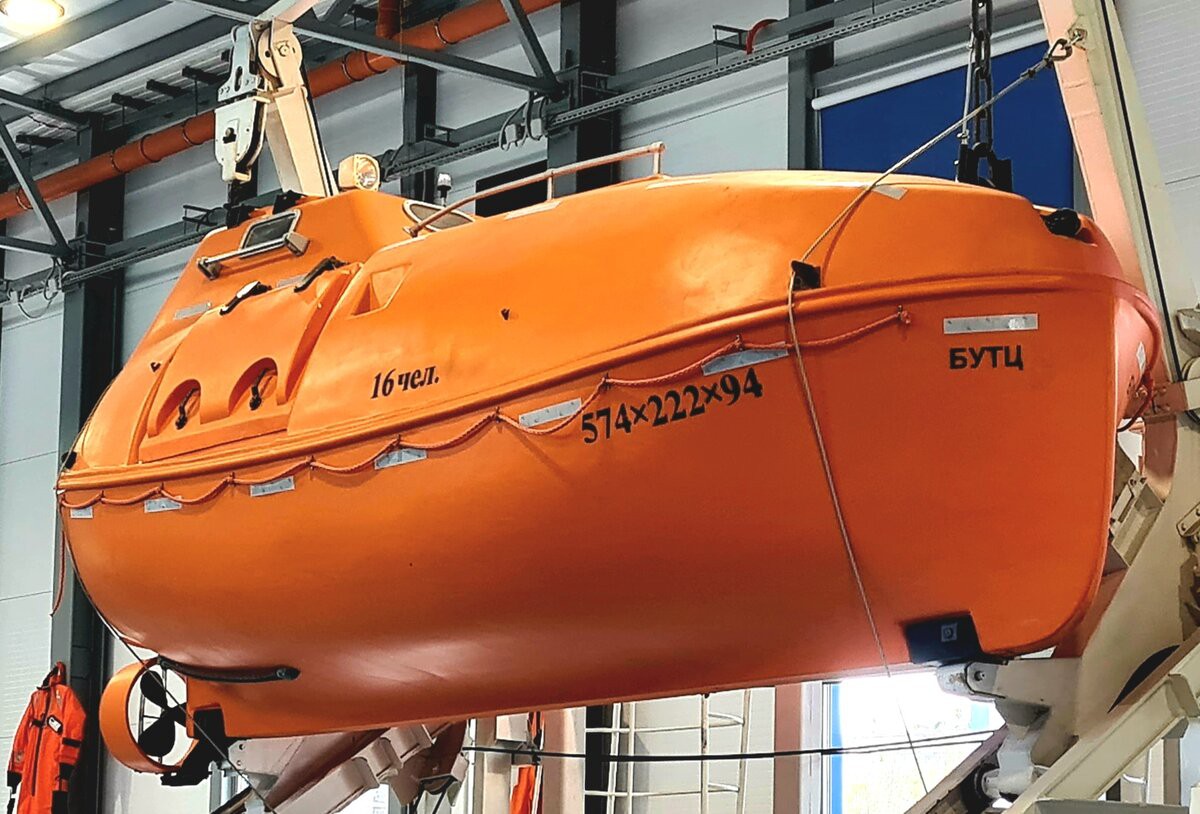
The boats are large, durable and can withstand rough seas. Taking into account the higher autonomy on board such watercraft, there is provision for the presence of some reserves of food, drinking water and other supplies necessary to support the life of sailors on board for a long time.
A lifeboat
- is a modern, fairly effective means of rescue at sea, providing significant autonomy for people on board without a threat to their life and health. Thus, according to its characteristics, this is already a small rescue vessel, but it can receive such status only if it meets a certain set of requirements established by international maritime safety rules.
Structurally, the boats are made of a rigid hull using strong, durable and environmentally friendly materials, ensuring reliability and resistance to external influences in stormy conditions and during an emergency descent.
SOLAS requirements for cargo ships require the presence on board of seagoing vessels of lifeboats with a total capacity corresponding to the number of crew. On passenger ships, given the large number of people on board, this is impossible to achieve, so combined equipment with rescue equipment, including life rafts, is used in order to provide for the maximum possible number of people.
At the same time, SOLAS indicates that for cruise ships and other passenger ships making long-distance voyages with passengers on each board there must be life-saving equipment for 50% of all people on the ship. For passenger ships making short passages at a short distance from the shore, the requirements are more flexible - 30% of the total number of people on board.
For small vessels with a displacement of no more than 500 tons, equipment with lifeboats is not required; the presence of life rafts according to the number of passengers is considered sufficient.
The materials used to manufacture boats are aluminum, PVC plastic, and fiberglass. The minimum length according to SOLAS standards must be at least 7 meters. There is no maximum size limit, but there is a requirement for the maximum capacity of one watercraft, no more than 150 people.
Taking into account the possibility of a long stay at sea, lifeboats are equipped with a propulsion system, pumps for pumping out water, a minimum set of navigation equipment, primary fire extinguishing equipment, and so on.
Classification of lifeboats
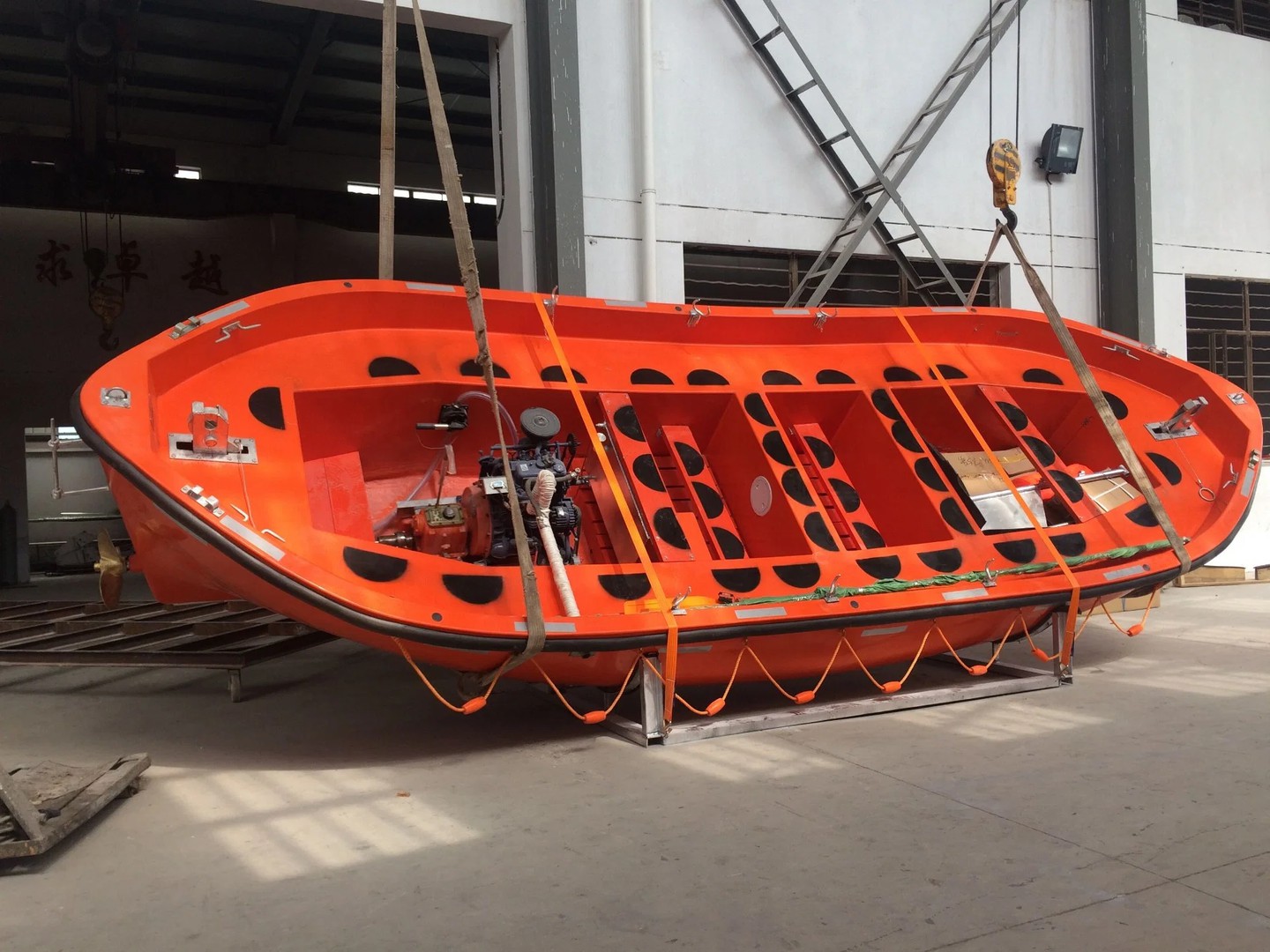
Based on the type of construction, boats are divided into:
Open
They do not have a roof on top, so they are less resistant to external influences, especially in stormy conditions.
Closed.
Provides a sealed housing and reliable protection from adverse weather conditions.
The presence of a propulsion system provides lifeboats with significant autonomy. In order to increase their visibility at sea, they are painted bright orange.
Types of descenders

In turn, boat launching systems can be of three types:
- under load;
- without load;
- free fall.
In the first case, the boat is lowered using cables or other types of suspension systems.
For the second option, no unloading mechanisms are provided.
Free fall systems involve boats falling into the water under the force of gravity after the locking devices are removed.
- Position:
- Chief engineer
- Position:
- Electrician engineer
- Position:
- 2nd engineer
- Position:
- Electrician engineer
